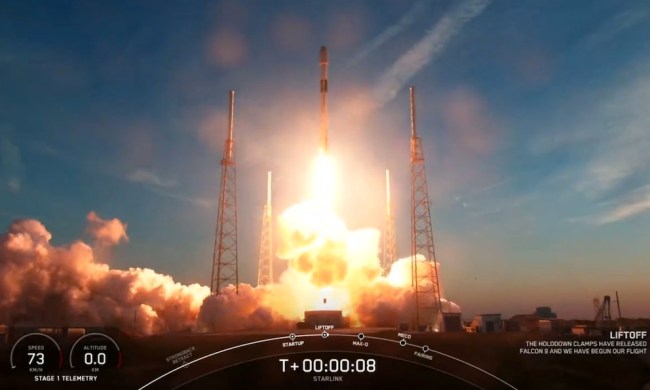Rocket Lab has completed its maiden mission from its new launch site in the U.S., marking a big step forward for the company as it seeks to better compete with the likes of SpaceX.
The Virginia is for Launch Lovers mission lifted off from Virginia Space’s Mid-Atlantic Regional Spaceport at NASA’s Wallops Flight Facility on Tuesday evening.
The spaceflight company used its trusty Electron rocket to deploy three satellites for Hawkeye 360, a radio frequency geospatial analytics company, to an orbit of 342 miles (550 kilometers) above Earth.
It means Rocket Lab has now launched 33 Electron missions from three different pads in two countries — the U.S. and New Zealand — deploying a total of 155 satellites to orbit.
Rocket Lab livestreamed the mission, which showed the early stages of the Electron’s flight. You can watch the launch below. There was, however, a longer than usual — and rather tense — wait for confirmation of the mission’s success. The delay was put down to a ground station malfunction that temporarily prevented communications between the satellite and the team on the ground. Thankfully, around 90 minutes after launch, a relieved team was able to confirm that everything had gone to plan.
Rocket Lab CEO Peter Beck tweeted his joy at the mission’s success, thanking everyone involved.
100% mission success, huge congratulations to the Rocket Lab team, @NASA_Wallops @Virginia_Space @FAANews @hawkeye360. Looks like everything works in the northern hemisphere also.
— Peter Beck (@Peter_J_Beck) January 25, 2023
Now with two launch complexes in two countries, the SpaceX rival says it will be able to support more than 130 launches annually for government and commercial satellite operators.
Besides expanding its satellite-launch service using the Electron, Rocket Lab is also building its next-generation rocket, the Neutron, which will also launch from the Mid-Atlantic Regional Spaceport, with its first test launch targeted for 2024.
Emulating SpaceX and its successful Falcon 9 rocket, the Neutron’s first-stage booster is designed to return to Earth and make an upright landing so that it can be used for multiple missions. This allows Rocket Lab to slash costs and offer competitive prices to customers keen to deploy satellites in space. The Neutron will also be capable of interplanetary missions and even crewed spaceflight.


